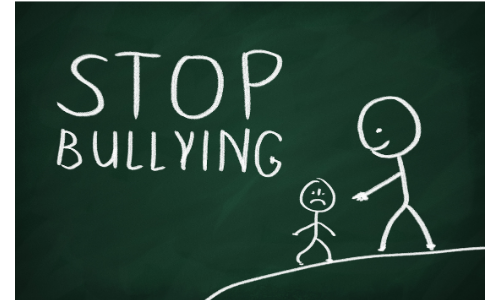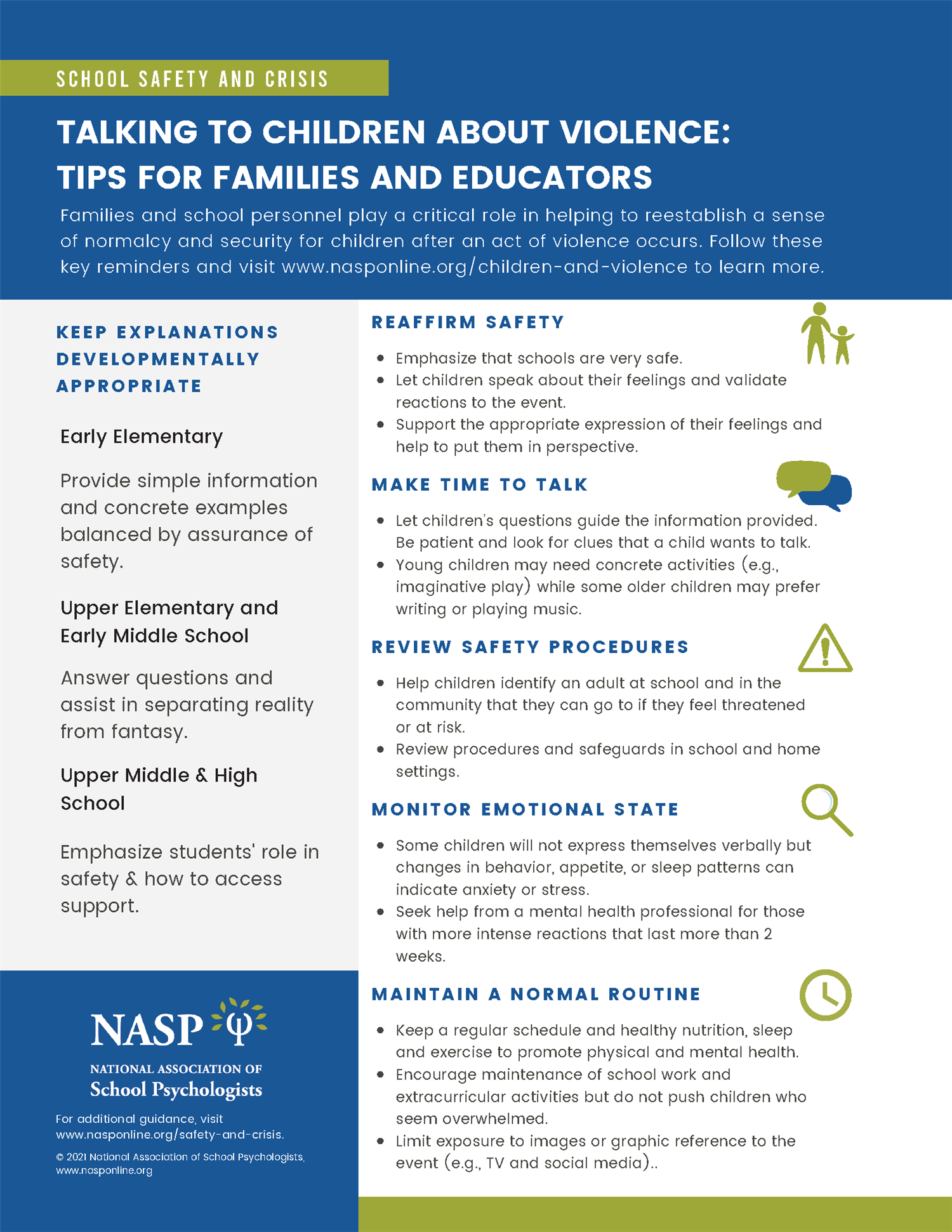- Lancaster School District
- Bullying Prevention
Pupil Safety and Attendance
Page Navigation
- Home
- Attendance
- Contact Us!
- Emergency Preparedness
- Firearms Safety
- Foster Youth Resources
- Interdistrict and Intradistrict Transfers
- Links
- Positive Behavior Interventions & Supports (PBIS)
- Safety Personnel
- School Counselors
- School Safety
- Bullying Prevention
- Yondr FAQ
- Social-Emotional Assessments
- Suicide Prevention
Bulling Prevention
-
Bullying Policies

The Board of Trustees recognizes the harmful effects of bullying on student learning and school attendance and desires to provide safe school environments that protect students from physical and emotional harm. District employees shall establish student safety as a high priority and shall not tolerate bullying of any student. No individual or group shall, through physical, written, verbal, or other means, harass, sexually harass, threaten, intimidate, retaliate, cyberbully, cause bodily injury to, or commit hate violence against any student or school personnel."
According to stopbullying.gov, "bullying is unwanted, aggressive behavior among school aged children that involves a real or perceived power imbalance. The behavior is repeated, or has the potential to be repeated, over time." The Lancaster School District's Bullying Policy addresses prevention, intervention, reporting and filing complaints, investigation and resolution of complaints, and discipline related to bullying in our schools.
Board Policy 5131.2
Administrative Regulation 5131.2
Is it Bullying?
-
How to Tell if Someone is Being Bullied
This can help you decide the differences between joking around, a one-time thing, conflict, and bullying.
Joking Around
- Everyone is having fun
- No one is getting hurt
- Everyone is participating equally
One Time Thing
- Someone is being mean on purpose
- It's a reaction to a strong emotion or feeling
- It happens once and doesn't repeat itself
Conflict
- Two people with a balance of power that have a fight, argument, or disagreement
- A solution can usually be found
Bullying
- Repeated, unwanted agressive behavior towards someone
- Someone is being hurt on purpose
- Can be verbal, physical, or cyber
Cyberbullying
-
What Students and Parents Can Do About Cyberbullying
Parents can help stop cyberbullying. You can start by talking to kids about the issue and teaching them the rules below that will help prevent cyberbullying from happening to them or someone they know.
What Kids Need to Know:
- Never give out personal information online, whether in instant message profiles, chat rooms, blogs, or personal websites.
- Never tell anyone but your parents your password, even friends.
- If someone sends a mean or threatening message, don't respond. Save it or print it out and show it to an adult.
- Never open emails from someone you don't know or from someone you know is a bully.
- Don't put anything online that you wouldn't want your classmates to see, even in email.
- Don't send messages when you're angry. Before clicking "send," ask yourself how you would feel if received the message.
- Help kids who are bullied online by not joining in and showing bullying messages to an adult.
- Always be as polite online as you are in person.
Since most cyberbullying takes place at home, it's important that parents know about cyberbullying and that they get involved in preventing it. Just like parents help their kids avoid inappropriate websites, they can protect them from cyberbullying.
What Parents Can Do
- Keep your home computer in a busy area of your house.
- Set up email and chat accounts with your children. Make sure that you know their screen names and passwords and that they don't include any personal information in their online profiles.
- Regularly go over their instant messenger "buddy list" with them. Ask who each person is and how your children know him or her.
- Print a list of commonly used acronyms in instant messenger and chat rooms from the National Center for Missing and Exploited Children and post it by your computer.
- Discuss cyberbullying with your children and ask if they have ever experienced it or seen it happen to someone.
- Tell your children that you won't blame them if they are cyberbullied. Emphasize that you won't take away their computer privileges - this is the main reason kids don't tell adults when they are cyberbullied.
Prevention Tips
-
What Can Parents Do?
Take Steps to Stop Bullying Checklist
- Start early. Parent/child talks are essential. Teach kids to respect others before they start school and continue to talk about this topic on an ongoing basis. Even small acts of teasing should be stopped in their tracks. Don’t fail to correct this kind of behavior due to a child’s young age. This is exactly when to stop it.
- Teach your children how to be assertive. Encourage your children to express their feelings clearly, say no when they feel uncomfortable or pressured, stand up for themselves without fighting and walk away in dangerous situations.
- Stop bullying when you see it. Adults who remain silent when bullying occurs are encouraging it and making it worse.
- Listen and support children who speak up. Telling an adult about bullying is not easy for children. If a child comes to you seeking assistance with bullying, spend time listening to them and provide affirmation and support before taking actions. Read through and discuss our Bullying Checklist with your child as a resource.
- Recognize the signs of depression. Youth who experience persistent bullying can develop signs of depression like sadness, isolation, poor concentration and sleeping problems. These symptoms can affect their relationships and school performance. Many children do not recognize or speak up about their emotional needs. Make sure to reach out and get them help when you see these signs.
- Tell your children to take action when they see bullying behavior. Tell them to speak out against the bully and inform a teacher if the behavior doesn't stop. Bullying continues only when we allow it to.
- Team up. Work with your PTA or local MHA affiliate to make sure that schools treat bullying as violence. Help them develop programs to prevent bullying and promote safe school environments.
Provided by the Mental Health America website.
Stop Bullying
Bullying Strategies



